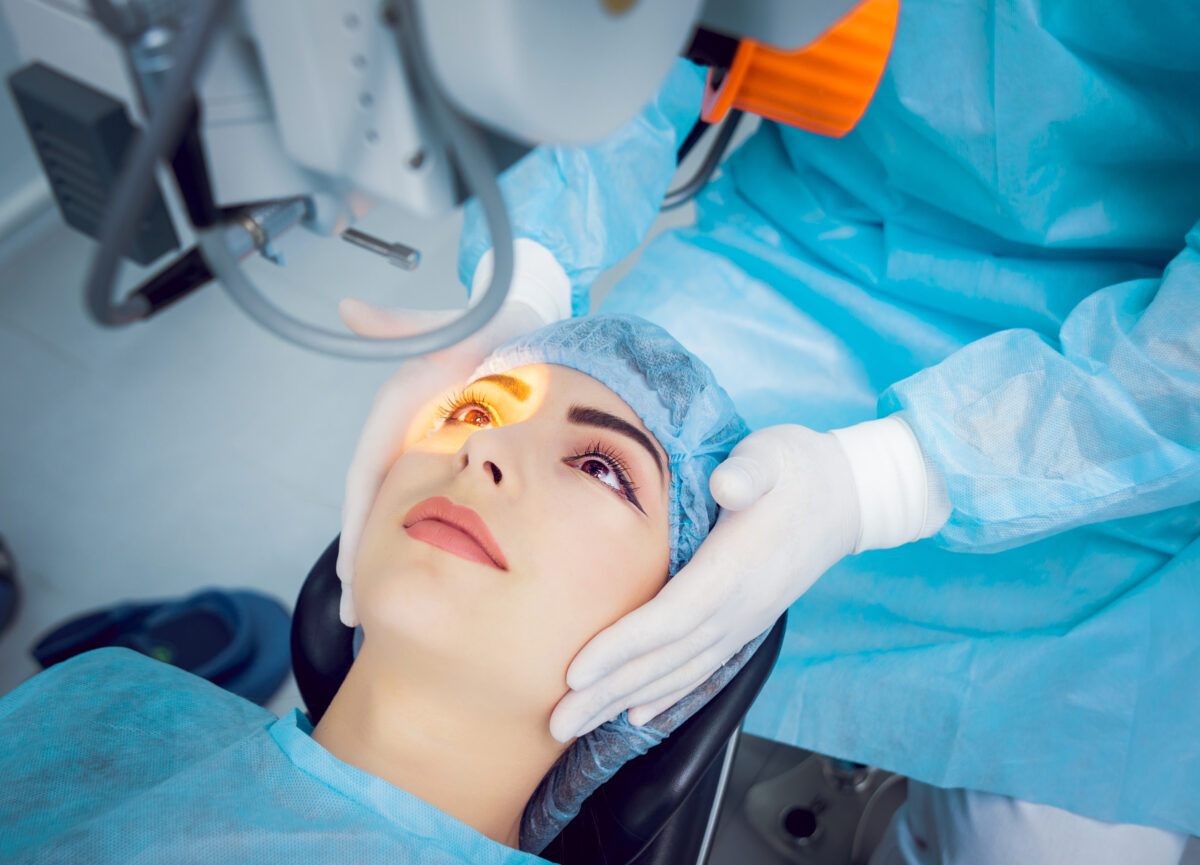Squint eye surgery, also known as strabismus surgery, is a medical procedure performed to correct the misalignment of the eyes. In a squint, the eyes do not point in the same direction — one may turn inward, outward, upward, or downward. This condition can affect vision, depth perception, and self-confidence, especially in adults. At Gupta Eye And Dental Care, we’ve helped countless patients—from children to adults—restore proper eye alignment and confidence. This guide will walk you through everything you need to know, from the squint eye surgery procedure to the recovery process, age considerations, and aftercare tips. What is Squint Eye Surgery? Squint eye surgery involves adjusting the muscles around the eyes to improve their alignment. The surgery aims to restore binocular vision (both eyes working together) and improve appearance. While glasses, vision therapy, or eye exercises can help in some cases, surgery is often recommended when non-surgical treatments are not effective. Who Needs Squint Eye Surgery? Squint eye surgery is suitable for: Squint Eye Surgery for Adults Many people believe squint correction is only for children, but that’s a misconception. Squint eye surgery for adults is becoming more common for both functional and cosmetic reasons. Benefits for adults include: Adults often require more post-surgery eye exercises compared to children because the brain’s adaptability decreases with age. Ideal Squint Eye Surgery Age There’s no strict upper age limit for squint surgery, but timing can make a difference. Doctors usually recommend early treatment for the best visual outcomes, but many adults still undergo surgery successfully for cosmetic and comfort reasons. Squint Eye Surgery Procedure The squint eye surgery procedure is typically done under general anesthesia for children and local or general anesthesia for adults. Here’s an overview: Recovery After Squint Eye Surgery Recovery after squint eye surgery is generally straightforward, but it’s essential to follow medical advice closely. Common post-surgery symptoms include: Recovery timeline: Squint Surgery After Care Tips Proper squint surgery after care ensures faster healing and better results: Risks and Possible Complications While squint eye surgery is generally safe, potential risks include: Life After Squint Eye Surgery Many patients notice an immediate improvement in eye alignment, but full visual coordination may take time. Some may require vision therapy after surgery to train the eyes to work together effectively. For children, early correction can have a lasting impact on visual development. For adults, the surgery often boosts self-esteem and reduces discomfort in daily activities. FAQs About Squint Eye Surgery Q1: Is squint eye surgery painful?Mild discomfort is common, but significant pain is rare. Eye drops and oral medication help manage any soreness. Q2: Can squint return after surgery?In some cases, squint can recur, especially if done very early in childhood. Follow-up care and vision therapy reduce the risk. Q3: How much does squint eye surgery cost?Costs vary based on location, surgeon expertise, and hospital facilities. It’s best to consult your local clinic for accurate pricing. Q4: Can adults get squint surgery?Yes. Squint eye surgery for adults is common and can improve both appearance and vision. Q5: How long before I can return to work?Most adults can resume office work in 3–5 days, but physically demanding jobs may require up to 2 weeks off.




